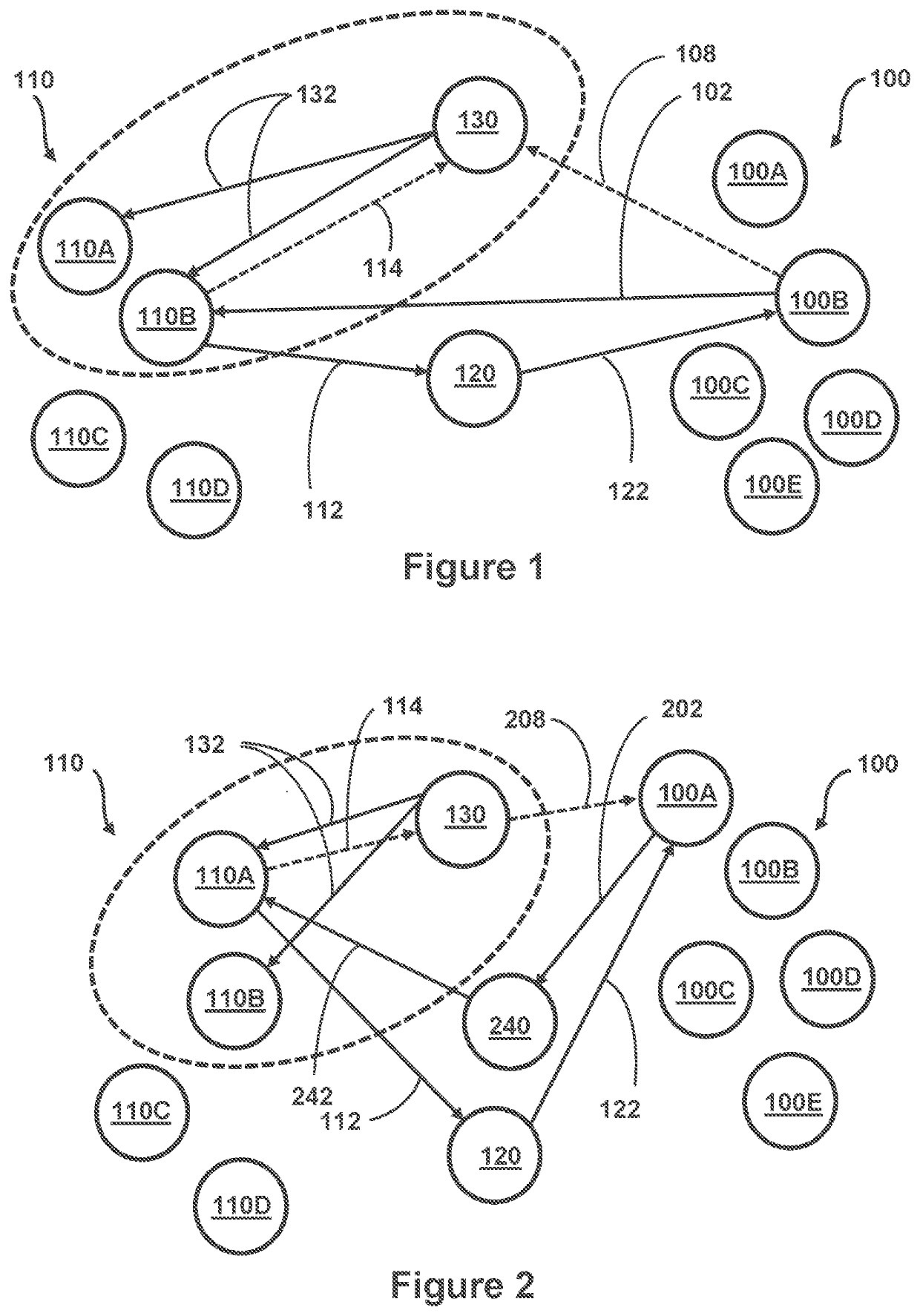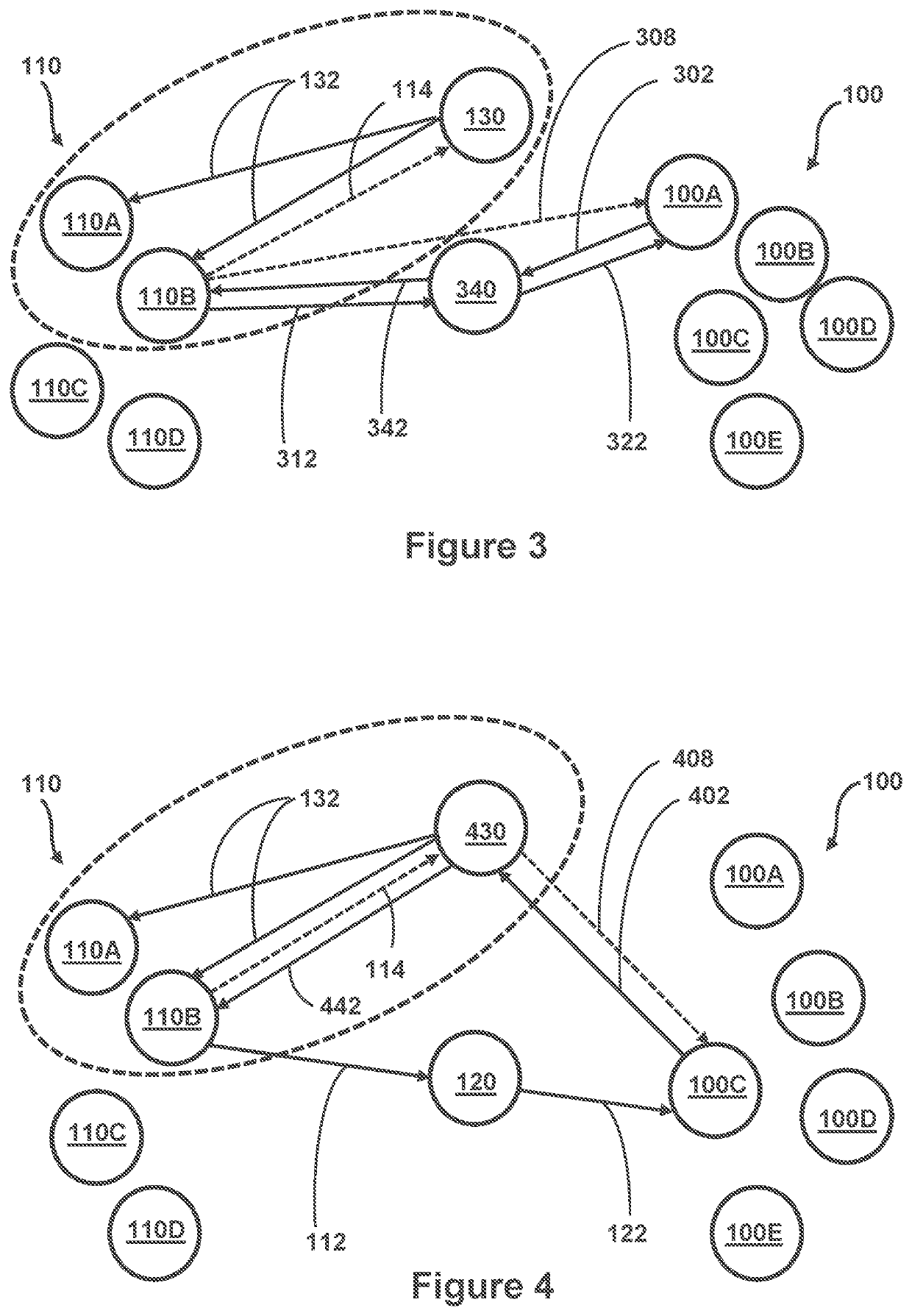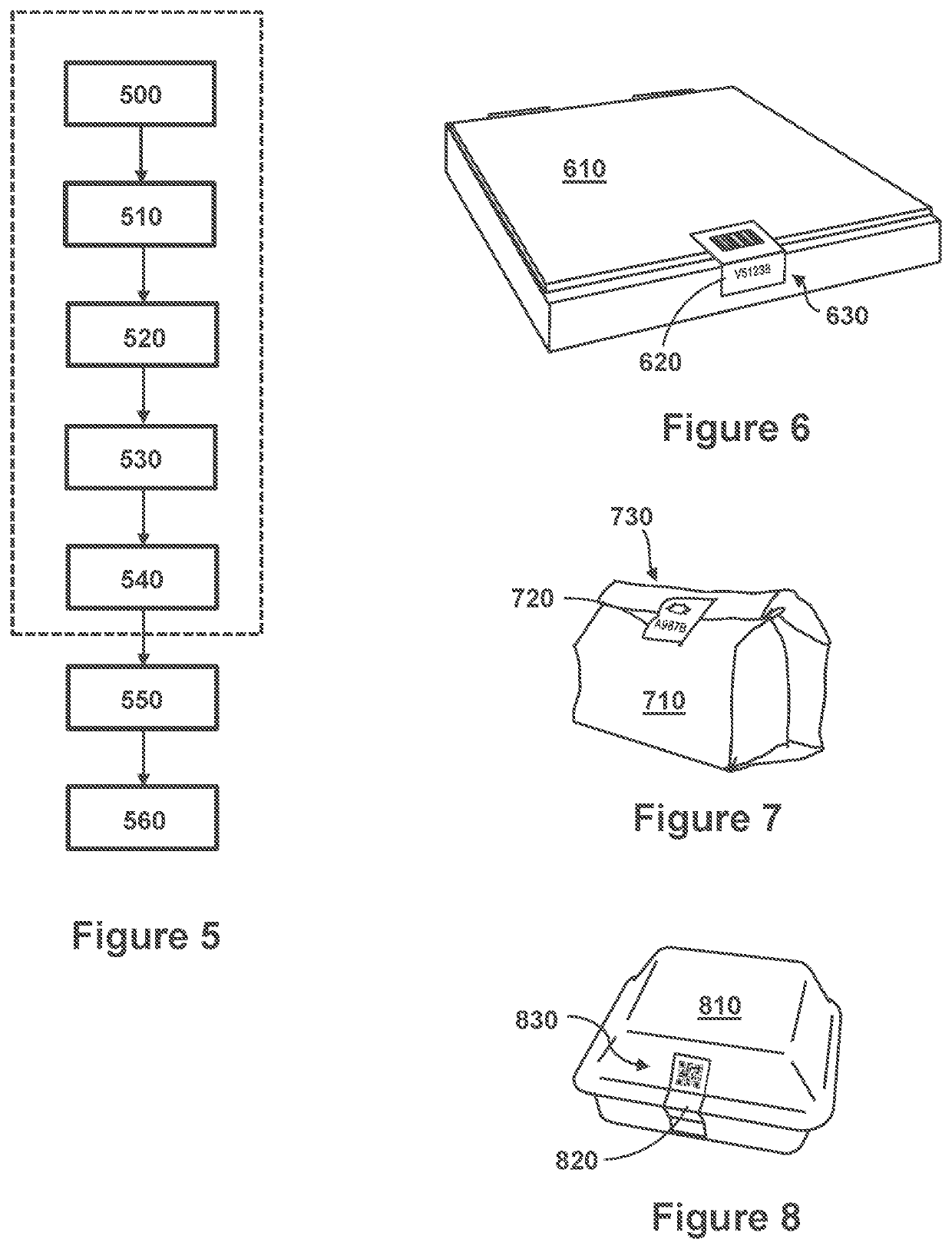While there are many advantages and benefits associated with this new model for home delivery, many of the conditions that were present in the past with traditional
food delivery, that helped to provide security and instill trust in the customers, are missing with the new model.
With the growth of third-party food delivery services, the risk of food being tampered with has increased.
However, there is no universal way for securing food deliveries so that any tampering that compromises the security of the food will be obvious and visible to the customer that ordered the food.
Incidents are starting to occur where consumers who have had their food delivered, suspect that the food has been tampered with.
There have been instances reported where food appears to be missing or partly eaten but it can be hard for the
consumer to
prove it and even harder to prove who did it.
If the delivery person is making more than one delivery and the food is carried in a single thermally insulated carrier, and if the food containers accidentally open, the food could get contaminated or mixed with other food in the carrier.
Some delivery services use people who ride bicycles, and this could result in more jostling of the food items inside a carrier mounted on the bicycle or carried on the back of the delivery person.
It is hard for consumers to discern from appearance of the food in the container whether it has been disturbed by tampering or just shaken when in transit.
Bundled items could contaminate each other.
This can be especially dangerous if a
consumer has food allergies and food is contaminated by something that the
consumer is allergic to, or worse, the food could be contained by an illegal substance.
In addition, there is always the danger that the delivery person could intentionally contaminate the food because of a feud or dislike of the consumer by the delivery person.
Perhaps the consumer is a bad tipper or someone that the delivery person knows and dislikes for any number of reasons.
Some consumers might wonder if the delivery person spat into the food or otherwise contaminated it.
Perhaps the delivery person is just unreliable, irresponsible and / or dishonest.
However, solutions to date have limitations and have drawbacks that inhibit them from being adopted universally.
While these approaches reduce the likelihood of the contents of the food container being tampered with, a
disadvantage of all these solutions is that they all require a special container.
None of these sealed pizza boxes prevent anyone from tampering with the food and then transferring it to a freshly sealed pizza box.
Containers with the tamper proof features might not be available in the area where a business is located.
Tamper proof containers might be more expensive than conventional food containers.
Using tamper proof food containers might also require a business to change to a different supplier, and this could be a problem if a business has a long-term supply agreement with its existing supplier.
Some of the patented tamper proof food containers might not be available for purchase or
license if the patent owner wishes to use it for itself exclusively, to differentiate itself from competitors.
For these solutions that use a sealed
package, without any third-party
verification, there is no guarantee that the delivery person has not tampered with the food and then re-sealed it with a new seal, or re-packaged it in a new sealed
package.
It can be difficult to carry tall cups in these types of trays, if the cups are susceptible to tipping over.
Tray-type cup carriers provide no means of securing the contents of the cups from the person carrying them.
Some cup carriers are for a specific application and are not universally
usable for a wide variety of cup shapes and sizes.
Accordingly, the drinks are not well secured against tampering or access by the delivery person, who might be thirsty.
With carbonated beverages, after some of the gas dissipates from the liquid the cup may not be full when delivered, even if filled to the top at the restaurant, so this makes it hard to prove that a drink has been tampered with.
If a customer is suspicious that a beverage delivered in an unsealed and unsecured carrier has been partly consumed or otherwise tampered with, it can be hard for the consumer to
prove it and even harder to prove who did it, especially if the delivery person can offer other plausible and innocent explanations for why the cup is not full.
Known cup carriers do not disclose a cup carrier that can be easily and quickly assembled, that can carrying a plurality of cups, that is flexible for carrying cups of different sizes at the same time, and that provides a closed sealed space around the tops of the cups to prevent access thereto without visible evidence of tampering.
While one
paperboard sheet blank could be used for both pieces, this method still requires folding two pieces and if one piece is used more often than the other pieces, then the restaurant could be left with too many food trays or too many cup carriers.
However, like the other known prior art, this design does not secure the food and drinks against tampering by a delivery person.
With this design, the food and drinks are all accessible to the delivery person and the drinks are not secure against tampering, unauthorized access and
contamination from contact with other food or unsanitary
exposure while being delivered.
If the sealed packaging is single-use, this is not a solution that would appeal to people concerned about their environmental
footprint and increasing the amount of waste.
While such approaches would make it more difficult for the food to be tampered with, there are still disadvantages for businesses and without third-party
verification to assure customers that there has been no tampering, there are still shortcomings that could cause some customers to remain concerned about the security of their food.
As these examples show, there have been solutions in the past directed at specific packaging, but there has been no platform that combines a system, method, packaging and third-party validation for universally securing food deliveries that are delivered in conventional packaging, and for giving the customer more certainty that the food has not been tampered with.
Even if tampering incidents are infrequent, there are some consumers who will not feel comfortable using a food delivery service so long as there is a risk of tampering, no matter how small the risk may be.
For restaurants, grocery stores, and delivery companies, without universally available methods for securing food against tampering, they are exposing themselves to risks, for example, if a consumer gets sick or even dies from eating tampered food.
All these businesses could have their reputations damaged and their business could suffer irreparable harm if consumers become victims of food tampering and / or
contamination.
With conventional methods, if there is a problem it might not be possible to ever prove with certainty who caused the problem.
For example, the food could have been contaminated or prepared incorrectly at the source and not by the delivery person.
If a customer gets sick from a food delivery, that customer might never again order food from the same restaurant, but the problem could have been caused by the delivery person, not by the restaurant.
In other circumstances a customer that gets sick might stop ordering food delivery from all food sources and this is a loss to both food sources and food delivery services.
Even if a food delivery service can later prove that the food was contaminated at the source, or if the restaurant is able to prove that it was the food delivery person who caused the problem, the damage to the innocent business has already been done and it could be difficult to reverse the damage to its reputation.
This harm may not relate to just the unhappy customer.
If a consumer receives tainted food and complains about it on
social media and / or consumer review sites like Yelp™ or Trip Advisor™ this could be very harmful to a business and unjustified if the tainting was caused not by the restaurant, but by the delivery person.
The need to be addressed is most problematic for food delivered from a food source to a customer by means of a third-party delivery service.
Third-party delivery services are common-place now, but this business model has only become widely used in the last 10 years and the problems associated with it, such as securing food during delivery, is a relatively new and heretofore unaddressed problem, to the applicant's knowledge.
 Login to View More
Login to View More  Login to View More
Login to View More 


